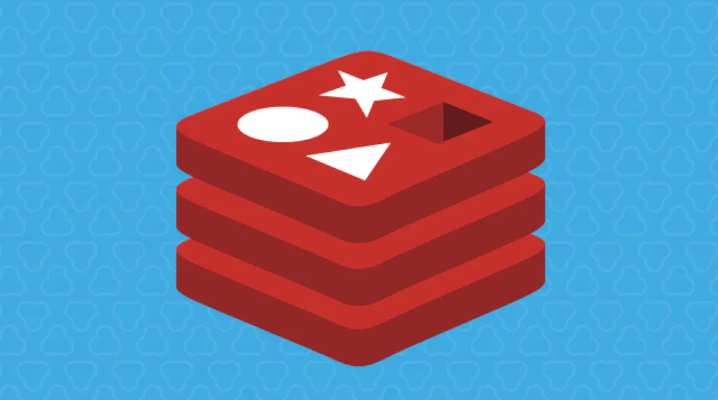 BIG DATA
BIG DATA
 BIG DATA
BIG DATA
 BIG DATA
BIG DATA
DragonflyDB Inc., a startup with an in-memory database designed to speed up enterprise applications, today announced that it has secured $21 million in funding.
The startup raised the capital over two rounds. The first round, a seed investment led by Redpoint Ventures, was followed by a Series A investment in which Quiet Capital was the lead investor. The startup will use the capital to enhance its database.
Many applications store the information they use most often in a specialized database known as an in-memory store. The in-memory store is usually faster than an application’s main database. As a result, frequently used information can be retrieved quicker than would otherwise be possible, which improves workload performance.
One of the most widely used in-memory stores on the market is an open-source system called Redis. DragonflyDB has developed a competing database, called Dragonfly, that it says is up to 25 times faster than Redis. Moreover, the startup says, its database is more hardware-efficient.
“Dragonfly was designed so that any engineering team, not only the ones with the most resources, can deliver this type of experience,” co-founder and Chief Executive Officer Oded Poncz wrote in a blog post today. “Dragonfly uses asynchronous, multi-threaded processing to fully utilize the hardware’s computing, memory and networking resources.”
DragonflyDB says a single database instance can complete up to 3.9 million queries per second. According to the startup, Redis only supports up to 150,000 queries per second. The startup also claims that the task of creating a snapshot, or backup copy, of a Dragonfly instance can be completed up to 12 faster. It says its database’s speed is the result of several different performance optimization features.
Databases often receive multiple requests at the same time. In some cases, one of the requests can hold up the others, which slows down performance. Dragonfly can start running a query even if the previous query has not yet been completed, which avoids situations where a single request holds up processing.
Another contributor to Dragonfly’s performance is the mechanism it uses it to manage cached data.
An in-memory database stores its applications’ most frequently used records in a cache for rapid access. Because application requirements change over time, the database has to regularly adjust which records are kept in the cache. According to DragonflyDB, Dragonfly performs the task more accurately than Redis and with less hardware resources, which speeds up application performance.
According to the startup, the efficiency of its database also has a second benefit: It saves memory. Its performance optimizations allow it to perform certain computations using less processor capacity than rivals. As a result, the database can allocate more processing capacity to compressing the records it holds. DragonflyDB says its compression algorithms improve memory utilization by between 30% and 60% in some cases.
The company announced its newly raised funding today in conjunction with the launch of Dragonfly 1.0, the latest release of its database. The release adds several new reliability and data management features.
DragonflyDB will use the new funding to enhance its database. As part of the effort, it plans to add support for more types of workloads and streamline the user experience. Additionally, it intends to launch a managed version that will make it easier for organizations to use the database.
Support our mission to keep content open and free by engaging with theCUBE community. Join theCUBE’s Alumni Trust Network, where technology leaders connect, share intelligence and create opportunities.
Founded by tech visionaries John Furrier and Dave Vellante, SiliconANGLE Media has built a dynamic ecosystem of industry-leading digital media brands that reach 15+ million elite tech professionals. Our new proprietary theCUBE AI Video Cloud is breaking ground in audience interaction, leveraging theCUBEai.com neural network to help technology companies make data-driven decisions and stay at the forefront of industry conversations.